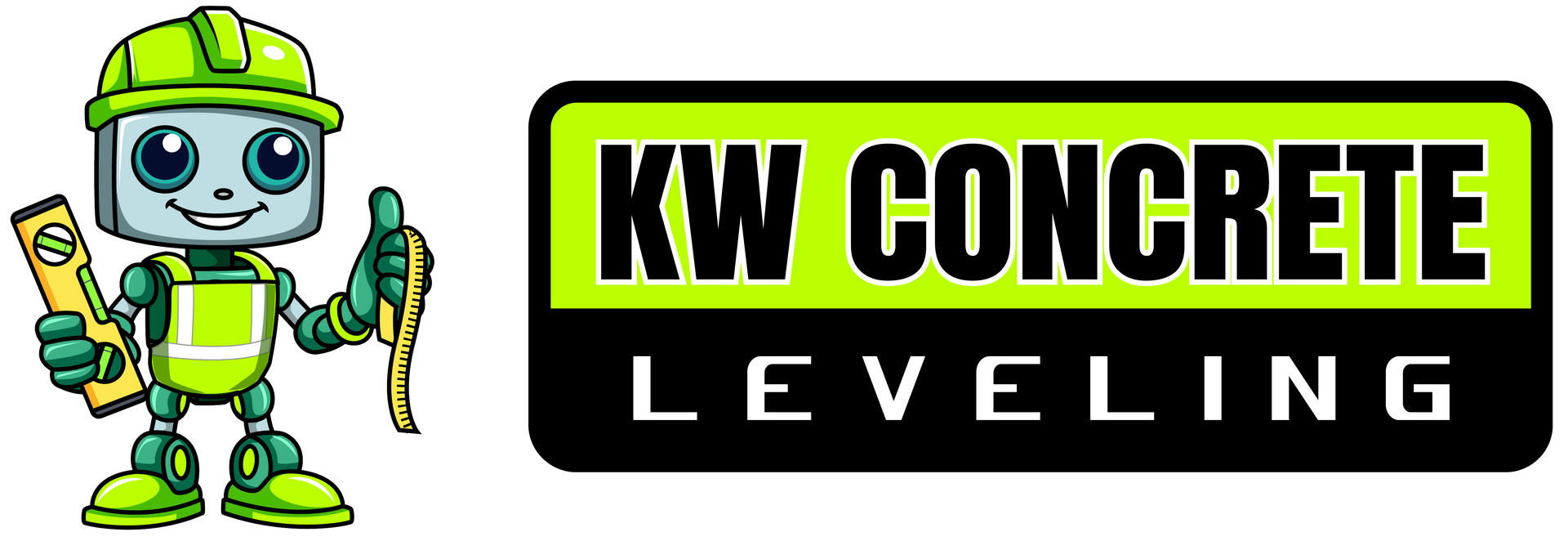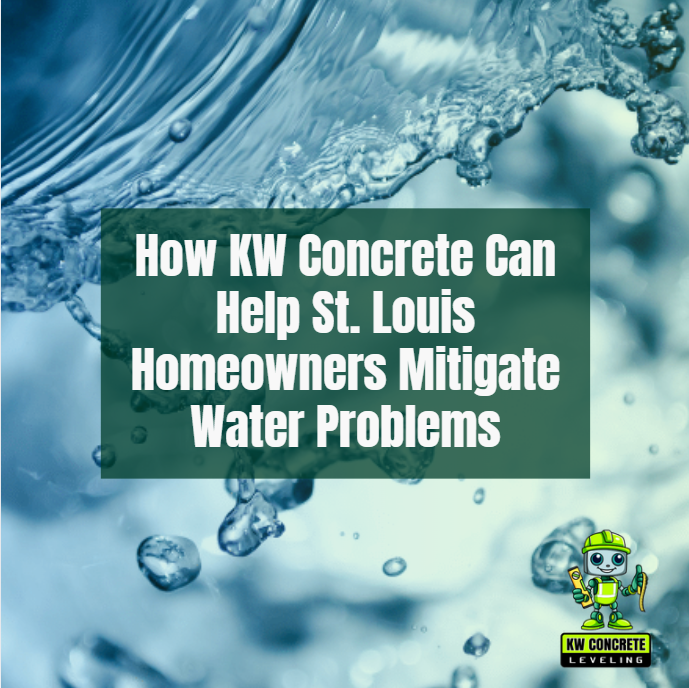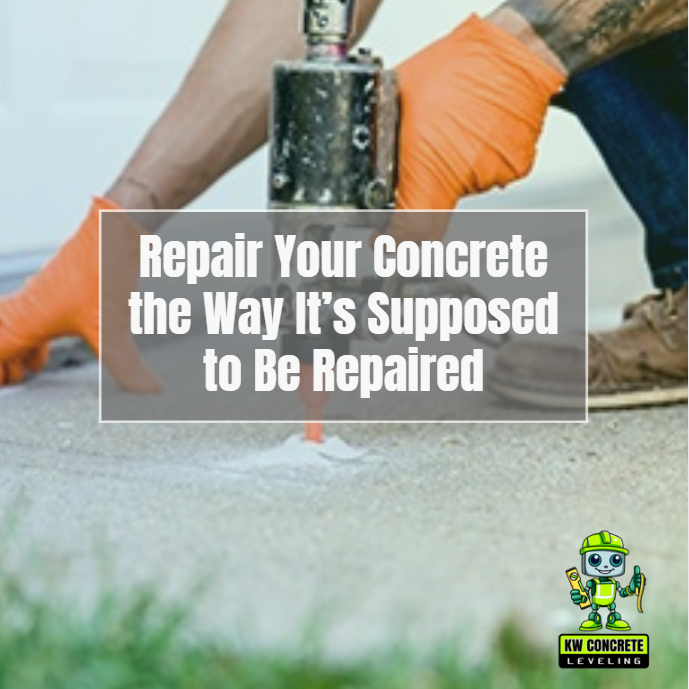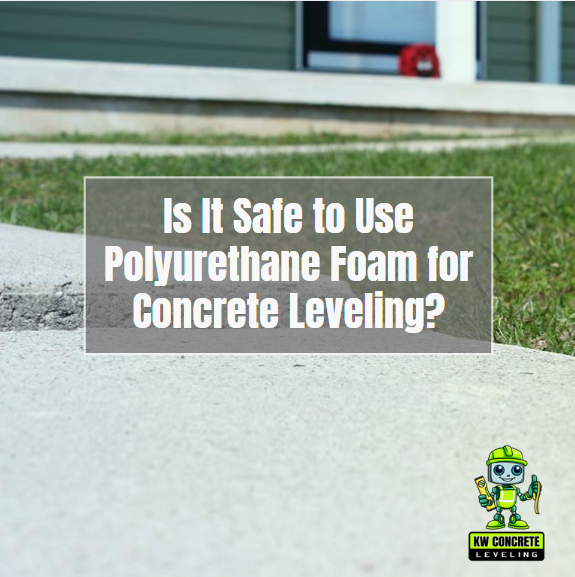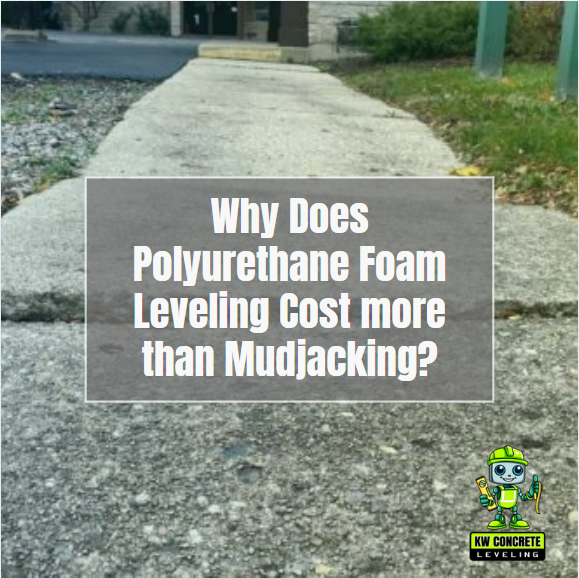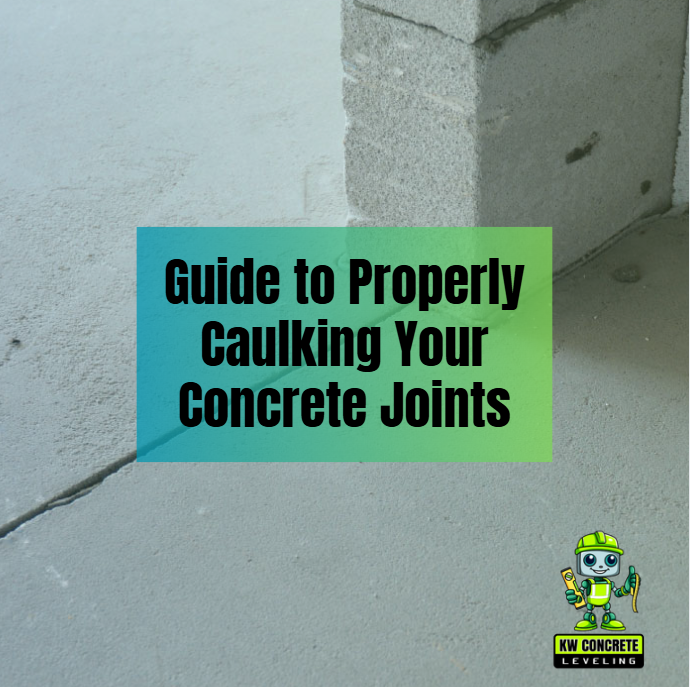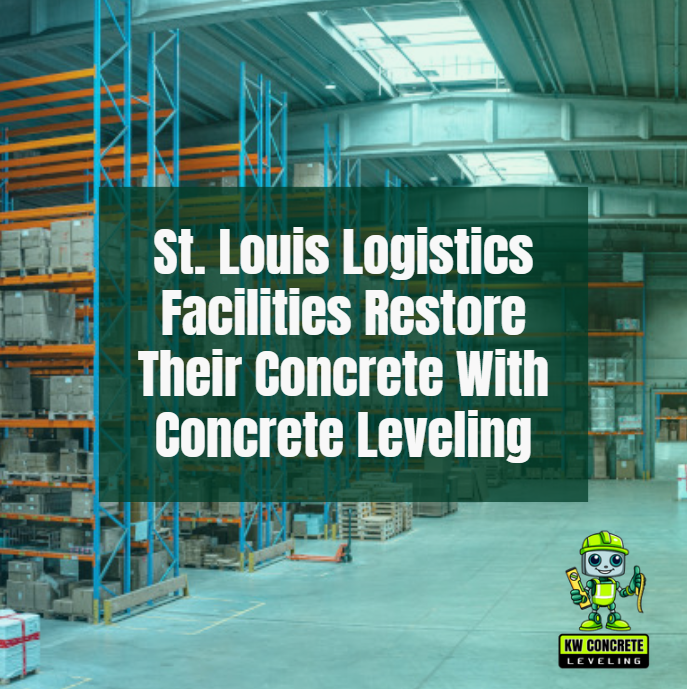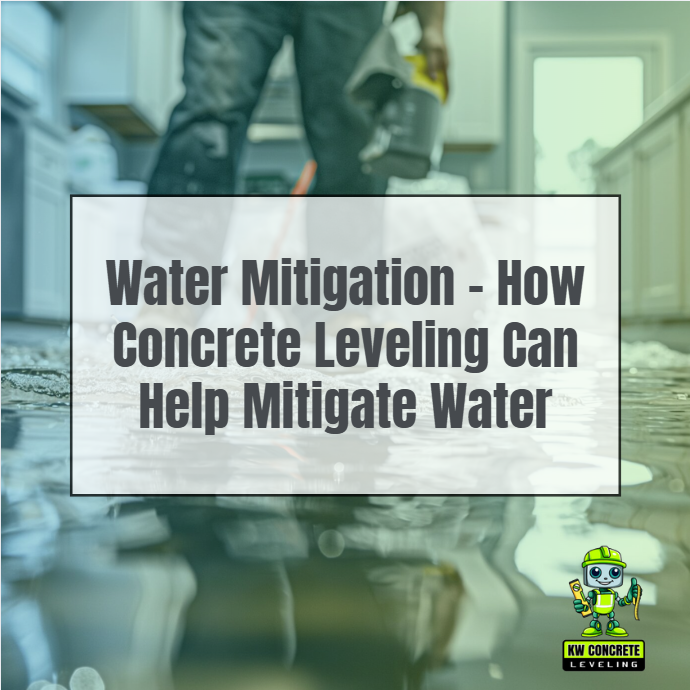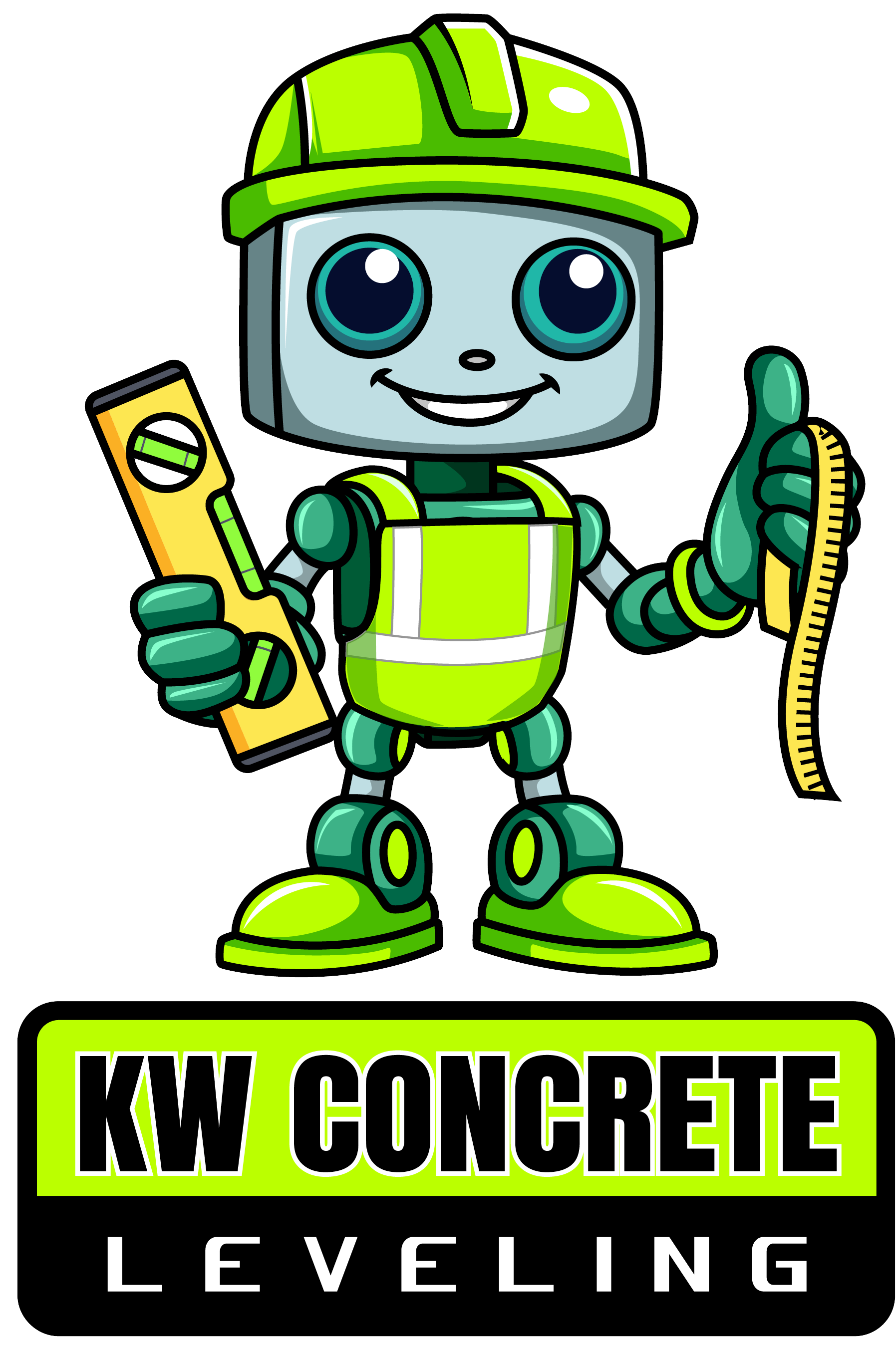Why is leveling your concrete worth the money?

Concrete leveling is an easy fix for
uneven or sunken slabs in
driveways,
patios,
sidewalks or
garage floors. It restores the look of your concrete surfaces and makes them safer and more functional. This guide will explain why concrete leveling is a smart investment and the process, materials, costs and benefits along with some common concerns and questions.
Understanding Concrete Leveling
Concrete leveling is a restorative process that corrects uneven concrete surfaces. Some concrete slabs settle because of soil erosion, freeze-thaw cycles, or poor compaction during installation. This sinking creates trip zones, pooling water, and structural stress on adjacent areas.
Leveling prevents the costly and time-consuming process of tearing out and replacing the concrete. This sustainable method involves injecting a material beneath the surface to bring it back in place.
The result is a flat, even slab that is functional and attractive.
Concrete leveling prevents accidents, maintains curb appeal, and saves money compared to full slab replacement.
Is Concrete Leveling Worth the Money?
When weighing the benefits of concrete leveling against the costs, it’s easy to see why so many homeowners and businesses opt for this solution. Here’s a breakdown of why concrete leveling is a worthwhile investment:
Cost vs. Replacement
Replacing a concrete slab can cost double or even triple the price of leveling. Additionally, replacement often involves longer project timelines, higher labor costs, and potential damage to surrounding areas during demolition. Concrete leveling offers a faster, less disruptive, and far more economical alternative.
Safety and Liability
Uneven concrete can lead to accidents, especially in high-traffic areas like walkways and driveways. By investing in leveling, you eliminate trip hazards, reducing the risk of injury and potential liability issues. This is particularly important for businesses where safety is a priority for customers and employees.
Preserving Property Value
Sunken or uneven concrete diminishes curb appeal and can negatively impact property value. Whether you're planning to sell or simply maintain your home’s appearance, leveling is a cost-effective way to boost your property's appeal and functionality.
Durability and Longevity
While the upfront cost of leveling may seem significant, its long-term benefits outweigh the initial investment. High-quality materials like polyurethane foam ensure that the repair lasts for decades, offering excellent value for money.
Eco-Friendly Solution
Concrete leveling reuses the existing slab, reducing waste and avoiding the environmental costs associated with producing and disposing of new concrete. This makes it an environmentally responsible choice.
How Does the Concrete Leveling Work?
The Process
The procedure for leveling concrete is an easy yet successful approach that will require precision and expertise. Here is a far more comprehensive appearance at the steps involved:
Assessment:
Before any work starts, professionals conduct a comprehensive evaluation of the website to determine the underlying issues. These could include soil erosion, poor drainage, or perhaps sensitive ground conditions. Additionally, they establish the scope of leveling needed, from small changes in far more extensive lifting.
Drilling Holes:
Small, strategically placed holes (typically around ⅝ to one inch in diameter) are drilled into the slab. These holes serve as entry points for the injection material. The placement of these gaps is essential to confirm also lifting without leading to harm on the concrete.
To inject the Material:
The leveling material polyurethane foam - is pumped through the drilled holes.
Polyurethane Foam:
Expands quickly for efficient and precise lifting.
The material spreads uniformly under the slab, filling voids and also creating stress which carefully elevates the slab to its preferred height.
Sealing and Cleanup:
After the slab is level, the drilled holes are loaded with a patching information which complements the surface area. Any recurring debris is cleared, making the spot neat and all set to be used.
The procedure is normally finished in only a few hours, with regards to the size and intricacy of the project.
What Materials Are Used in Concrete Leveling?
Polyurethane Foam: A Closer Look
Polyurethane foam has revolutionized the concrete leveling process with its versatility and performance. This material, known for its lightweight yet durable properties, has become a preferred option for many leveling projects. Let’s delve further into what makes it so effective:
Properties:
- Lightweight: One of the most significant advantages of polyurethane foam is its minimal weight. Traditional cement-based grouts can add stress to already weak soil, potentially causing further settling over time. In contrast, polyurethane foam minimizes this risk while still providing robust support.
- Durable and Long-Lasting: Designed to withstand heavy loads and harsh conditions, this foam maintains its structural integrity for years without deteriorating.
- Water-Resistant: Polyurethane foam is impervious to water, which makes it an excellent choice for areas prone to flooding, heavy rain, or poor drainage. Unlike some materials, it doesn’t wash out or break down when exposed to moisture.
The Pros and Cons of Concrete Leveling
Pros of Concrete Leveling:
- Cost-Effective:
Leveling is significantly cheaper than full slab replacement, saving you up to 50–70% in costs.
- Quick and Convenient:
Most projects are completed within a few hours, and the leveled surface is often ready for use within a day.
- Eco-Friendly:
By reusing the existing slab, leveling reduces waste and minimizes the environmental impact of concrete disposal.
- Improves Safety:
Uneven concrete poses tripping hazards. Leveling eliminates these risks, protecting you and others from injury.
- Preserves Curb Appeal:
Restoring concrete surfaces improves the overall aesthetics of your property, enhancing its value.
Cons of Concrete Leveling:
- Not Suitable for Severely Damaged Slabs:
If the concrete is severely cracked or broken, leveling may not be an effective solution.
- May Require Maintenance:
If soil conditions are not addressed, future settling is possible.
- Material-Specific Limitations:
Each material has unique strengths and weaknesses, which may limit its applicability in specific scenarios.
Despite these drawbacks, the advantages often outweigh the cons, particularly for homeowners and businesses seeking a practical, affordable solution.
How Much Does Concrete Leveling Cost?
The cost of concrete leveling varies depending on several factors:
- Area Size: Larger slabs require more material and labor, increasing costs.
- Material Used: Polyurethane foam is more expensive than mudjacking but offers added durability and precision.
- Site Conditions: Challenging site conditions, such as poor accessibility or extensive voids, may raise labor & material costs.
- Region: Prices vary by location due to differences in labor and material expenses.
Average Cost:
- Leveling: $3 to $7 per square foot.
- Replacement: $8 to $15 per square foot.
Overall, leveling provides significant savings compared to full replacement.
How Long Does Concrete Leveling Last?
The longevity of concrete leveling depends on several factors:
- Material Quality: High-quality polyurethane foam often lasts over 10 years, while grout provides similar durability when applied correctly.
- Soil Stabilization: Addressing underlying soil issues ensures a stable foundation.
- Proper Installation: Skilled professionals minimize errors, improving the lifespan of the repair.
In most cases, concrete leveling provides a long-term solution that holds up well under normal use.
Frequently Asked Questions
Is concrete leveling suitable for all surfaces?
Concrete leveling can be used for many slab problems but is best suited for slabs with minor to moderate damage and stable subsurfaces. So seriously damaged or improperly installed slabs need to be replaced for their long-term performance and safety. A professional assessment can help determine the best action based on the surface condition.
Can I level my concrete myself?
You can level your concrete yourself, there are even DIY concrete leveling kits available. These kits typically include polyurethane foam or self-leveling compounds and are intended for homeowners with basic handyman skills. However, DIY leveling is often less expensive and convenient for small projects but does not always deliver the accuracy and durability of professional services.
How soon can I use my concrete after leveling?
Surfaces leveled with modern techniques are often ready for use within 24 hours, but the exact timing can vary depending on the leveling material and environmental conditions. For example, polyurethane foam injections used in many professional concrete leveling projects harden and set quickly, often allowing light usage within a few hours.
Will the process prevent future sinking?
The process of concrete leveling can help prevent future sinking, especially if the underlying soil is stabilized. Techniques like injecting polyurethane foam to lift the concrete also fill in voids beneath the slab to reinforce the foundation and create a firm base. This fixes the immediate problem and reduces the risk of additional settling due to soil erosion or compaction.
Can it be done in any weather?
Concrete leveling is best done in dry, moderate weather because temperature and moisture affect curing and bonding of materials. Dry conditions prevent moisture from interfering with the setting process, and moderate temperatures allow the materials to cure evenly without drying or freezing too quickly.
Conclusion
Concrete leveling is an inexpensive, efficient, and eco friendly solution for restoring sunken or uneven slabs. By addressing possible hazards and enhancing the look of your property, it offers both long-term and immediate benefits.
In case you are prepared to reclaim the elegance and security of your concrete, believe in the experts at
KW Concrete Leveling to provide outstanding outcomes. Communicate with us right now to plan an appointment and grab the initial step toward a softer, safer surface!
Share This post with others!
Call For An Estimate!

